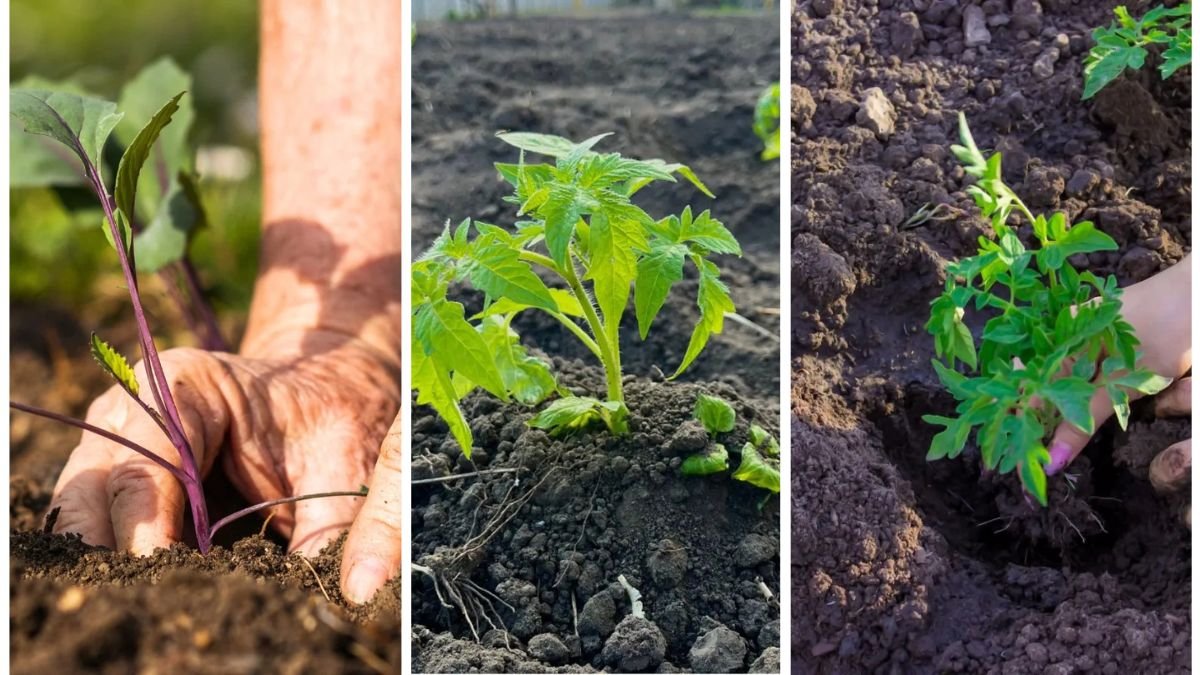You water them, feed them, and make sure they get plenty of sunlight—but your plants are still struggling. If you’ve tried everything and your garden is still underperforming, the real problem might lie beneath the surface—in the soil.
Soil is more than just dirt. It’s a living ecosystem that acts as the foundation for all plant life. Unfortunately, many gardeners and even experienced growers make critical soil mistakes without realizing it. These hidden errors can choke roots, block nutrients, drown plants, and ultimately lead to disappointing harvests or dying plants.
In this article, we’ll uncover the 5 most common soil mistakes that could be silently sabotaging your garden—and show you how to fix them. Whether you’re growing vegetables, flowers, herbs, or trees, avoiding these pitfalls will set your garden up for long-term success.
Why Soil Matters More Than You Think
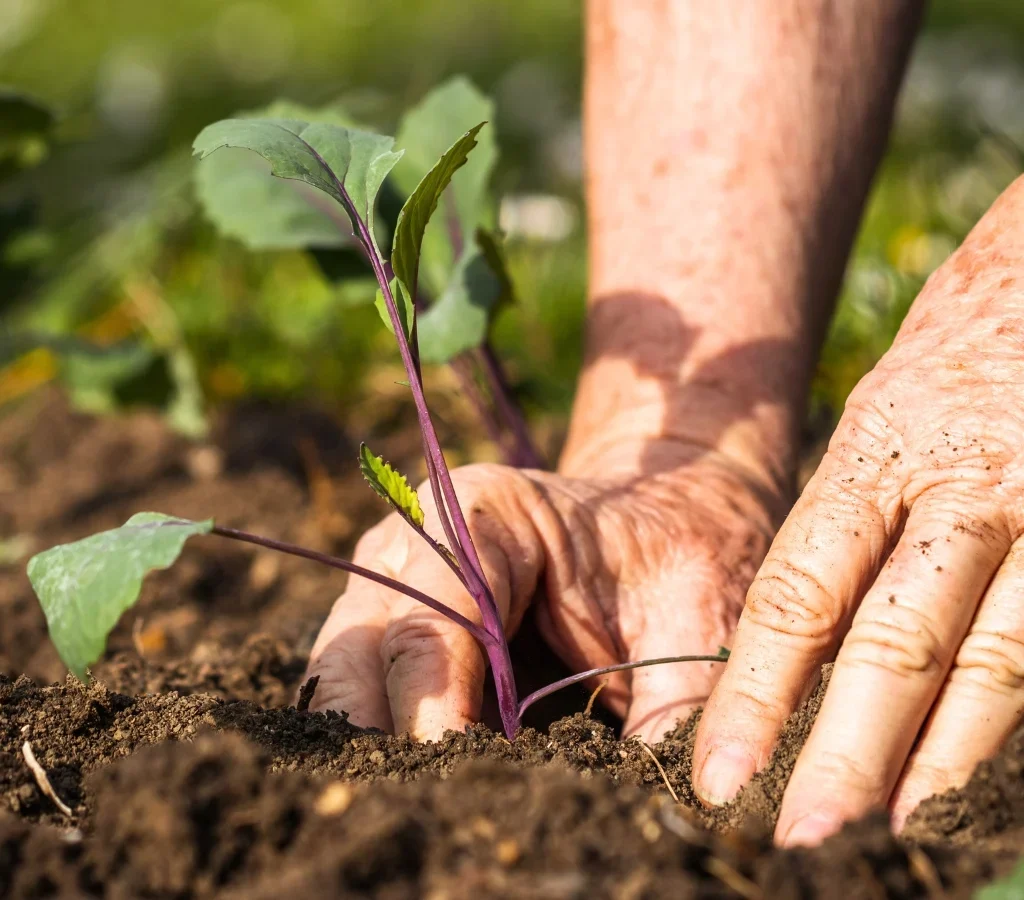
Before diving into the mistakes, let’s understand why healthy soil is essential:
- It supplies nutrients and minerals to plants.
- It stores water and air for root respiration.
- It houses beneficial microbes, earthworms, and fungi that support growth.
- It anchors plants and supports root development.
- It affects pH, which influences nutrient availability.
In short, good soil means stronger, healthier, more productive plants. And bad soil? It could be quietly killing your garden from the roots up.
Mistake #1: Ignoring Soil Structure and Texture
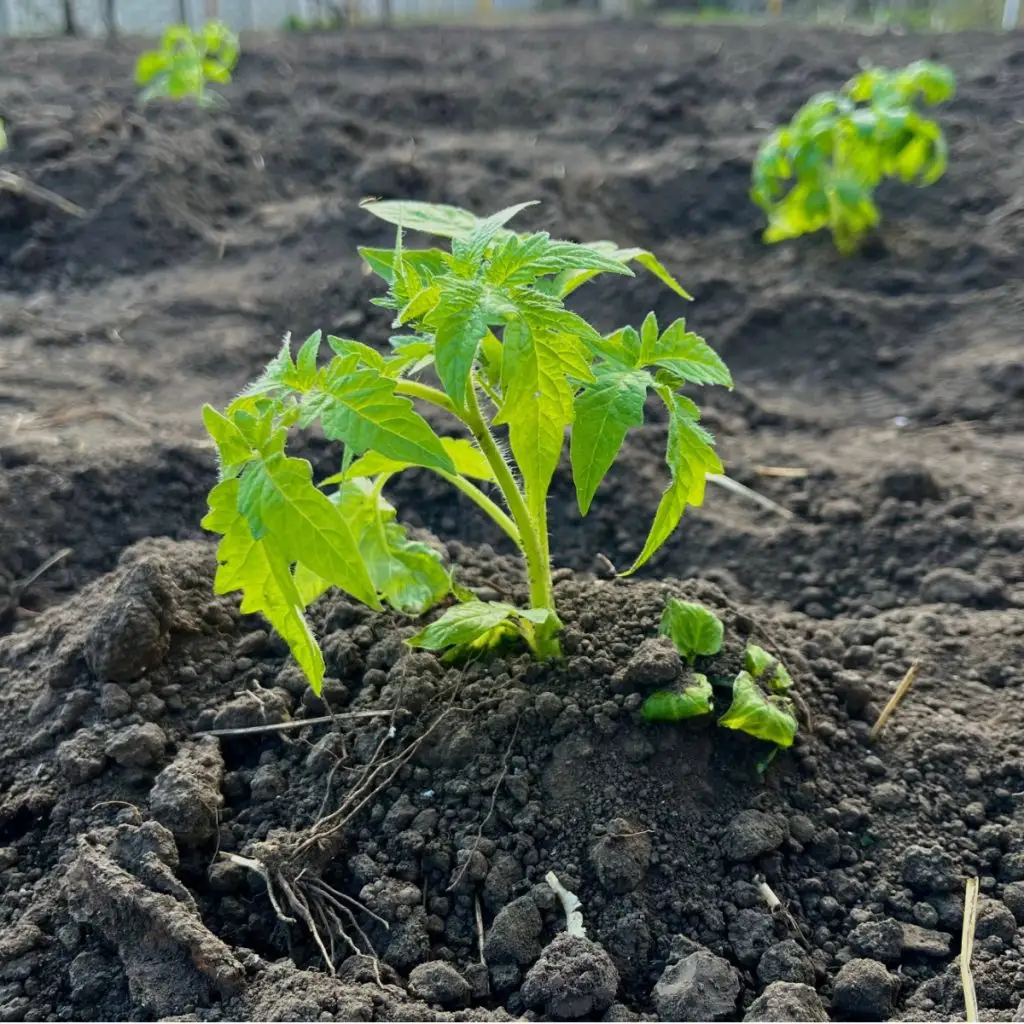
What’s Going Wrong:
Most gardeners focus on adding fertilizers or watering routines without ever assessing soil texture and structure. But if your soil is too sandy, too clay-heavy, or compacted, plant roots struggle to grow, water doesn’t infiltrate properly, and nutrients may either leach away or become unavailable.
Signs:
- Water pools on the surface or drains too quickly.
- Roots are shallow or deformed.
- Soil feels like cement when dry or sticks together when wet.
Why It’s Killing Plants:
Poor structure leads to oxygen-starved roots, weak growth, and nutrient lock-out.
How to Fix It:
- For clay soil: Add compost, aged manure, and sand to improve drainage and loosen particles.
- For sandy soil: Add organic matter like compost or peat moss to help retain moisture.
- Avoid walking on garden beds to reduce compaction.
- Use cover crops to improve structure naturally.
Mistake #2: Watering Without Testing Soil Moisture
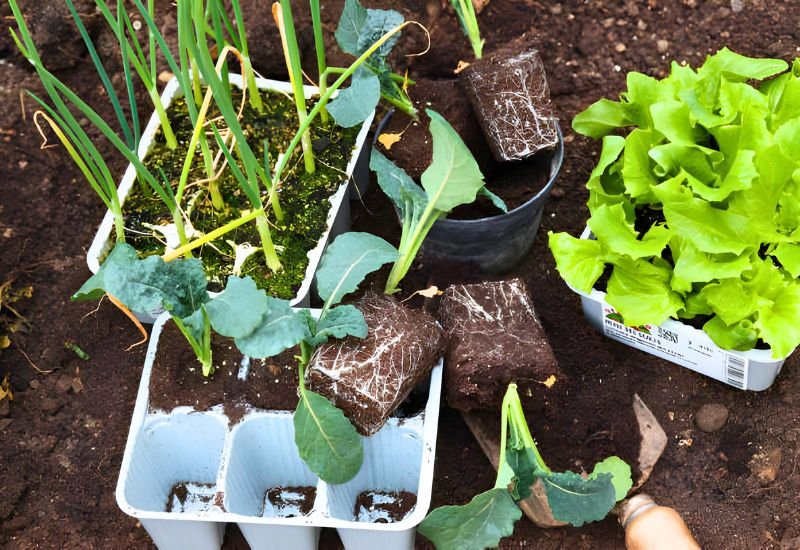
What’s Going Wrong:
Overwatering and underwatering are both deadly mistakes—and both usually stem from guessing instead of testing. Too much water creates anaerobic conditions, while too little leads to drought stress.
Signs:
- Yellowing leaves or drooping (both too much and too little water).
- Mushy or blackened roots (overwatered).
- Brittle, brown leaf edges (underwatered).
Why It’s Killing Plants:
Water imbalance causes root rot, fungus, nutrient leaching, or dehydration—all of which can quickly kill even mature plants.
How to Fix It:
- Stick your finger 2–3 inches into the soil. If it feels dry, water. If it’s damp, wait.
- Use a soil moisture meter for more accuracy.
- Improve drainage with raised beds or organic amendments.
- Water deeply but less frequently to encourage deep root growth.
Mistake #3: Using the Wrong Soil pH

What’s Going Wrong:
Soil pH directly affects how nutrients are absorbed by plants. If the pH is too high (alkaline) or too low (acidic), certain nutrients become locked up, even if they’re present in the soil.
Signs:
- Slow growth despite fertilizing.
- Yellowing leaves (chlorosis), especially between veins.
- Leaf curling or tip burn.
Why It’s Killing Plants:
Incorrect pH leads to nutrient deficiencies, even in fertile soil. For example, iron becomes unavailable in alkaline soils, and phosphorus becomes locked up in acidic soils.
How to Fix It:
- Test soil pH with a home kit or pH meter.
- Most garden plants thrive at pH 6.0–7.0.
- To raise pH (make it more alkaline): Add garden lime.
- To lower pH (make it more acidic): Add sulfur, peat moss, or pine needles.
- Re-test after amending, and adjust gradually over time.
Mistake #4: Relying Too Much on Chemical Fertilizers
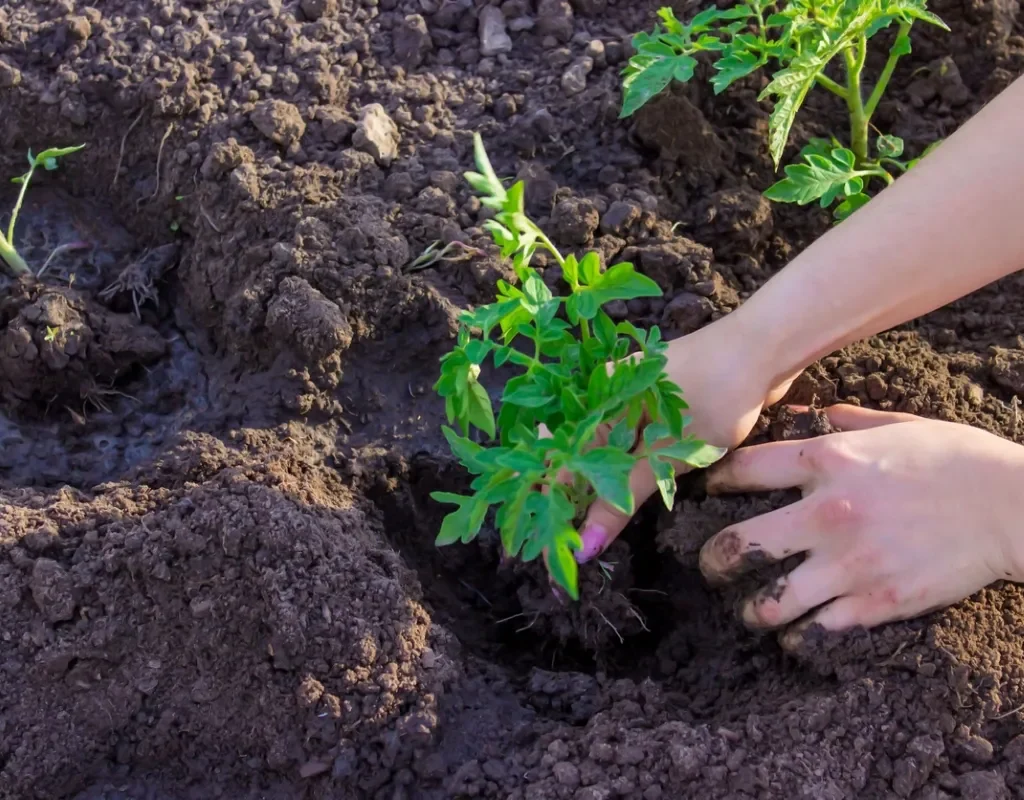
What’s Going Wrong:
Many gardeners overuse synthetic fertilizers, hoping for faster growth. However, excessive chemical input can kill beneficial microbes, increase soil salinity, and lead to nutrient imbalances.
Signs:
- Plants grow rapidly then suddenly wilt or burn.
- Salt crust forms on soil surface.
- Earthworms disappear from the soil.
- Plants become dependent on constant feeding.
Why It’s Killing Plants:
Chemical fertilizers can disrupt the soil food web, harm microbial life, and degrade soil structure. Over time, this leads to dead, lifeless soil that cannot support healthy growth.
How to Fix It:
- Use organic compost to build natural fertility.
- Apply slow-release or organic fertilizers (bone meal, kelp meal, fish emulsion).
- Practice crop rotation to prevent nutrient depletion.
- Add biochar, worm castings, or mycorrhizal fungi to improve microbial life.
Mistake #5: Leaving Soil Bare or Unprotected
What’s Going Wrong:
Many gardeners leave soil exposed between plantings or seasons. This causes moisture loss, erosion, and exposes the soil to UV damage and temperature extremes.
Signs:
- Cracked, crusty soil surface.
- Weeds taking over empty beds.
- Rapid drying after rain or irrigation.
- Hardpan layer forming over time.
Why It’s Killing Plants:
Bare soil becomes infertile and compacted, loses organic matter, and allows weed competition. It also disrupts microbial habitats and causes water runoff.
How to Fix It:
- Always mulch with organic materials: straw, shredded leaves, wood chips, or compost.
- Plant cover crops like clover or rye during the off-season.
- Use ground covers like creeping thyme, nasturtiums, or low-growing herbs.
- Avoid tilling excessively, which breaks down soil structure and releases stored carbon.
Bonus Tips to Build Resilient Soil and Healthier Plants
- Rotate crops yearly to prevent nutrient depletion and disease buildup.
- Compost regularly and use compost tea to feed soil life.
- Install drip irrigation to provide consistent moisture at the root level.
- Create a no-dig garden bed to protect soil structure and life.
- Regularly test soil (pH, nutrients, structure) to track progress and adapt.
Conclusion
If your garden isn’t performing as well as it should, don’t just blame the weather or the plants themselves—look at the soil. More often than not, the real issue lies beneath your feet.
By avoiding these five common soil mistakes—ignoring soil texture, mismanaging moisture, neglecting pH, overusing chemicals, and leaving soil unprotected—you can turn your garden from struggling to stunning. Healthy soil isn’t created overnight, but with time, attention, and the right practices, you’ll create a living, breathing foundation that supports vibrant plant life for years to come.
